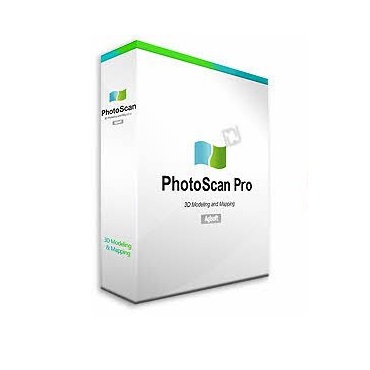

Abstract This research presents a novel method for automated construction progress monitoring. Enter the email address you signed up with and we’ll email you a reset link. Where adequate results are reached, a statistical analysis is performed. The point clouds are georeferenced through a set of ground control points. Manual plant height measurements were carried out at four dates during the observation period. Two such cameras were mounted at an elevation of 10 m and acquired images for a period of two months during the growing period of The field experiment consisted of nine barley cultivars that were cultivated in multiple repetitions and nitrogen treatments. A summer barley field experiment located at the Campus Klein-Altendorf of University of Bonn was observed by acquiring stereo images from an oblique angle using consumer-grade smart cameras. This study aims to evaluate several software packages for dense 3D reconstruction from multiple overlapping RGB images on field and plot-scale. This makes it possible to monitor crop growth over time and can be used for monitoring in-field crop growth variability which is useful in the context of high-throughput phenotyping. Using multiple CMSs generated from data acquired at multiple time steps, a crop surface monitoring is enabled.

Two datasets have been used to compare and evaluate the FOSS applications based on the point clouds they produced. To address the above issues, a set of FOSS were studied based on their offered features, workflow, 3D processing time and accuracy. However, contemporary academic discourse seldom presents survey-based feature lists or a critical inspection of potential production pipelines, nor typically provides direction and guidance for non-experts who are interested in learning, developing and sharing 3D content on a restricted budget. There also exists free and open source FOSS software, with the potential to deliver quality data for heritage documentation purposes.

Image-based 3D modelling software, on the other hand, offers a cheaper alternative, which can handle this task with relative ease. The 3D reconstruction of real-world heritage objects using either a laser scanner or 3D modelling software is typically expensive and requires a high level of expertise.


 0 kommentar(er)
0 kommentar(er)
